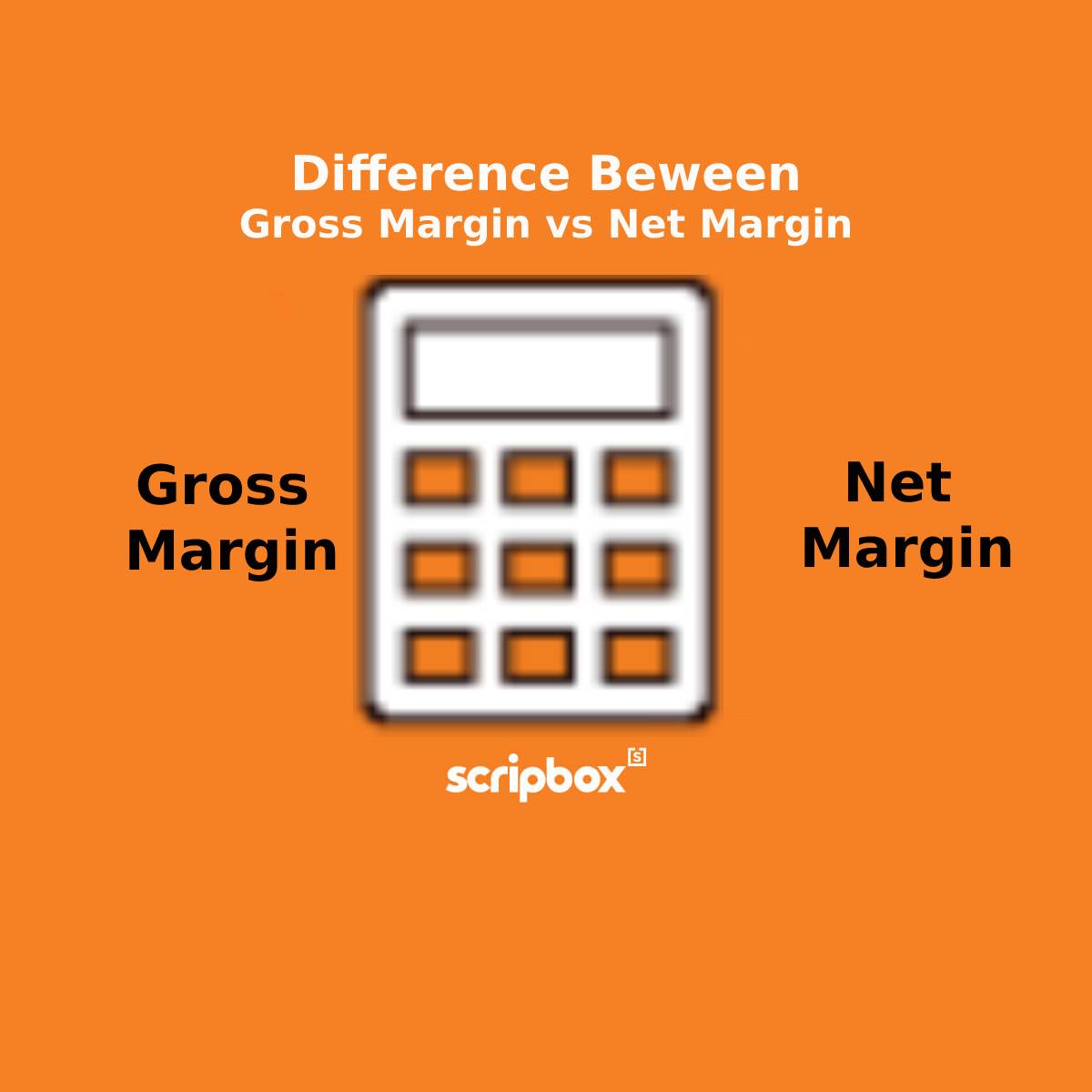A Loan Against Mutual Funds is a better alternative to liquidating your mutual fund investments. This way, you can increase the value of your investments and raise funds quickly. This loan gives you the best of both worlds – your mutual funds portfolio is preserved and continues to produce returns, while the loan meets your immediate cash needs.
The procedure is similar to how banks provide an overdraft or loan facility. By approaching any non-banking financial organization (NBFC) or bank, you can obtain a loan against equity or hybrid mutual funds. You must pledge your mutual fund units as security for the loan. The amount of the loan will be determined by the value of the units in the folio as well as the term you select.
Top Bank’s Interest Rates on Loan Against Mutual Funds and Securities
| Bank Name | Interest Rates | Processing Fees |
| SBI | 9.40% – 9.90% p.a. | 0.75% + GST |
| HDFC | 5.9% – 14.1% p.a. | 1% + GST |
| Axis | 11% – 13.25% p.a. | 0.15% + GST |
| ICICI | 6.50% – 10.30% p.a. | 0.50% + GST |
| IndusInd | 8.00% – 10.25% p.a. | 0.50% |
Note:
- You will have to pay an interest rate of 7-15% p.a on loans against the Mutual Funds. This will differ based on the banks and the tenure.
- Interest is charged on the amount utilised and the tenure for which the loan is taken.
- The interest rate will be lower than an unsecured loan because it is a secured loan.
- Moreover, if you have an excellent credit score or have been a long-time bank customer, the bank may consent to a lower interest rate.
How Does a Loan Against Mutual Funds Work?
You use your mutual fund units as collateral for a loan with a loan against securities. The bank will keep the Mutual Fund units as collateral until you repay the debt. Your mutual funds will continue to earn interest, but you will be unable to sell them while they are committed to the bank.
Until the loan is repaid you cannot withdraw the mutual funds. However, you will continue to earn dividends on such units of the fund. When the loan is paid off, the financier might ask the fund house to release the lien. If the financiers receive half payment, you can also execute a partial discharge of lien, which will free up some units while the remainder remains under claim.
If the borrower fails to return the loan within the agreed-upon time frame, the bank might reinforce the lien. This is applicable in the case of a default in repayment. In this case, the lender instructs the mutual fund to redeem the units and give the lender a cheque.
Features of Loan Against Mutual Funds
- The loan is secured by a lien on mutual funds. A lien is a document that gives a bank the authority to sell or hold a fund. As a result, if you mark a claim in the bank’s name, you’re giving the bank ownership of the fund units you hold.
- You must then visit the fund house and request a lien on your units in the bank’s name. The lien transfer request letter must be signed by all unit owners.
- Instant processing of the loan.
- Within minutes, funds are available in your account.
- Both Debt and Equity funds are eligible for a loan.
- The customer stays invested in his or her mutual fund portfolio and does not have to liquidate it.
- Loans are available to first-time customers with no credit history.
- The maximum amount of loan facility depends on the type of MF schemes. It varies from one bank to another.
- Loan amount is limited to up to 50% of the net asset value of the equity oriented mutual fund scheme. Furthermore, the limit for debt oriented mutual fund schemes is 80%. This limit might change as per the terms of the bank. However, the limit is usually similar.
- Processing fee varies from nil to 1% of the loan amount.
- Before applying you must check the list of approved schemes. The list will be available on the official website of the bank.
Loan Eligibility
The following individuals are eligible for a loan against MF:
- Resident of India
- NRI
- Owner of a Sole Proprietorship, Partnership Firm, Private Trust, Private Limited Company or Public Limited Company
- A minor is not eligible for the loan
How to Apply for a Loan Against Mutual Funds?
- If you possess units in Demat form and have prior permission, many online portals will approve loans instantly.
- However, if you own the funds in a physical form then you have 2 options. The first option is to establish a loan agreement with the financier or the bank. The second option is to convert the physically held units into an electronic form.
- To apply for the loan, you must apply online by logging into your internet banking. Alternatively, you can visit the nearest branch of the bank.
- On successful verification of your application, the bank will start with the loan processing.
- The lender bank will ask a mutual fund registrar like CAMS or Karvy to mark a lien on the number of units being pledged.
- The lender instructs a mutual fund registrar, such as CAMS or Karvy, to place a lien on the quantity of pledged units. The registrar then stamps the lien and sends a letter to the lender confirming the lien, with a copy to the borrower. Moreover, the lien is on the number of units held under the mutual fund scheme.
Recommended: Check how to get loan against fixed deposit.
Benefits of Availing a Loan Against Mutual Funds
- In three simple actions, digitally pledge your shares/mutual funds and get an instant loan. It’s fully paperless and automated.
- Every month, make your interest payments by crediting your account. The interest is only computed on the portion of the loan that you actually use.
- A loan against mutual funds is a great approach to get quick cash by borrowing against your mutual fund units.
- The interest rate on a loan against mutual funds may be lower than the interest rate on a personal loan.
Maximum Loan Amount on Loan Against Securities
Loans against mutual funds are a very uncommon practice. Besides schemes, there are other investment schemes that are eligible for a loan. The following is a list of other securities eligible for a secured loan. The limit of loans may differ from one bank to another as per their policy. However, usually, the banks provide the loans as per the below limit.
| Securities | Maximum Loan Amount |
| Equity Shares | Up to 50% of the present value of the Shares |
| Life Insurance Policies | Up to 80% of the surrender value |
| Gold Deposit Certificates (GDC) | Up to 70% of the face value |
| National Savings Certificates (NSC) | Up to 70% of the present value |
| Kisan Vikas Patra (KVP) | Up to 70% of the present value |
| NABARD’s Bhavishya Nirman Bonds | Up to 65% of the present value |
| Non-Convertible Debentures (NCD) | Up to 70% of the face value |
Frequently Asked Questions
You can avail of a loan against mutual funds for an amount upto 50% of the net asset value of the equity oriented mutual fund scheme. Furthermore, the limit for debt oriented mutual fund schemes is 80%. This limit might change as per the terms of the bank. However, the limit is usually similar.
Yes, mutual funds can be used as collateral to avail of a secured loan. Since the loan is secured against the mutual fund, the interest is lower. The process is simple, online, and seamless. It is a better way to raise funds for an immediate cause than liquidating a mutual fund. By liquidating the funds, an investor loses the return and disrupts the portfolio that he or she had built for their long-term financial plan.
Yes, you can avail a loan against equity mutual funds. Before applying you must check the list of approved schemes. The list will be available on the official website of the bank.
Yes, it is better to opt for a loan against mutual funds rather than liquidating these units. By availing of a loan you can secure the immediate availability of funds. Furthermore, your portfolio continues to earn returns as planned by you for your investment objective. Hence, your investment portfolio is intact and you have funds as needed. The added benefits are the lower rate of interest, lower processing fee, instant loan, and interest charged on the amount utilized.
Yes, you will continue to receive dividend income and return on investment even if you have taken a loan against mutual funds.
ICICI bank has launched a facility that will enable individuals to avail loan instantly by pledging their mutual fund holdings of either equity or debt. This facility is called “Insta Loans against Mutual Funds”. ICICI has launched this fully digital and paperless facility in partnership with Computer Age Management Systems (CAMS). This facility enables customers to avail loans as an overdraft in a matter of a few minutes without visiting the branch.
Insta Loans against Mutual funds is an extension of the Insta LAS. The customers of ICICI bank get the convenience to select the mutual fund scheme and number of units they wish to pledge and confirm the loan amount. The CAMS team marks a lien on the selected mutual funds. Therefore, an individual can avail loan up to 50% of NAV in case of equity mutual funds and up to 80% in the case of debt mutual funds. Moreover, this helps in long term retention of mutual fund portfolio without liquidation.
Discover More
- Confused if your portfolio is performing right enough to meet your goals?
- How long have you been investing in mutual funds?
- What is your current portfolio size?
- What is your approximate annual household income?
- Your profile does not qualify for a call with a Financial Expert.
- Top Bank’s Interest Rates on Loan Against Mutual Funds and Securities
- How Does a Loan Against Mutual Funds Work?
- Features of Loan Against Mutual Funds
- Loan Eligibility
- How to Apply for a Loan Against Mutual Funds?
- Benefits of Availing a Loan Against Mutual Funds
- Maximum Loan Amount on Loan Against Securities
- Frequently Asked Questions
























Show comments